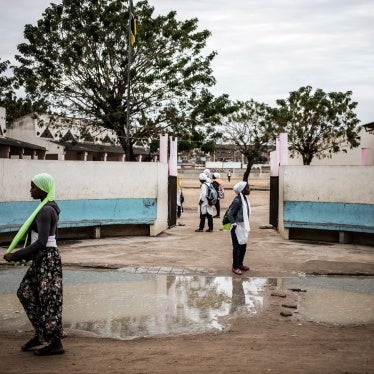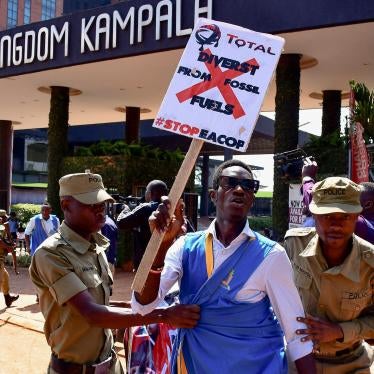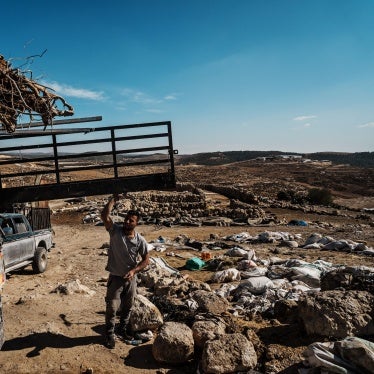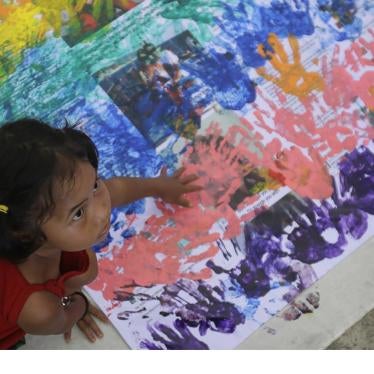In June, two weeks after I returned from Nigeria, I got a message that another child had died from lead poisoning -the 11th in the same family. I could picture the scene: the child starts convulsing; his parents rush him two hours over barely passable terrain on the back of a motorbike to the nearest town for medical treatment. By the time they reach the clinic, a temporary ward specifically for lead poisoning set up in the wake of the epidemic, it is too late, and another young life has been taken by this preventable tragedy.
Zamfara State, in northern Nigeria, has lost over 400 children to acute lead poisoning since 2010. The lead poisoning is a horrible by-product of small-scale gold mining, in which villagers use rudimentary tools to dig for rock ore and process it for its gold. In a cruel geologic twist, the ore in this part of Nigeria contains not only gold but also lead, and when miners crush and grind the ore, lead dust is released.
Before people knew about the lead poisoning, they would process the ore at home, coating entire living spaces in lead dust, which has yet to be cleaned up. Now, miners in this area process ore away from their village, but the dust still settles on their clothes, and when they hold their children at the end of a long day, the children get the dust on their hands, inevitably put their hands in their mouths, and ingest toxic levels of lead.
On a recent visit to Bagega, the largest and most contaminated town, we were able to measure lead levels in some of the houses. Every home we went to was dangerously over what is considered a safe limit. In the home of the child who died in June, the lead level was almost 60 times the safe limit. While we talked to their distressed parents, children played on the ground, their hands and faces covered in lead-contaminated dust.
Unlike many of the world's intractable problems, there is a solution to this one, and six months ago it seemed like the government of Nigeria was finally stepping up to help provide it. In May, after several years of foot dragging, President Goodluck Jonathan pledged US $4 million to clean up contaminated homes and implement safer mining techniques.
After the announcement, TerraGraphics, an American company that has worked with local Nigerian staff to clean up seven villages in Zamfara, started to mobilize to clean up Bagega. Medecins Sans Frontieres (MSF), the international medical group, got into gear to treat the at least 1,500 children in Zamfara State who need urgent medical care. They had been waiting until Bagega was cleared of lead contamination so that they could safely treat the children there.
But the funds didn't come. And over six months later, the money still hasn't turned up.
TerraGraphics says the cleanup of Bagega needs to start by early January if they are to finish before the rainy season. If the funds are not released immediately, TerraGraphics will have to wait until next October to clean up Bagega, and children who need lifesaving treatment will have to wait. Ask the family who has lost 11 children, and they will tell you that for a lead poisoned child, waiting is just a death sentence.
Add your voice to those asking President Jonathan to release the money by visiting his Facebook page (http://www.facebook.com/jonathangoodluck) and commenting on his last status update with the following message:
President Jonathan, why won't you release the money you promised in May to clean up poisonous lead in Zamfara? Children are dying and your government's failure to act is putting more children at risk.
Jane Cohen is a researcher in the Health and Human Rights division






